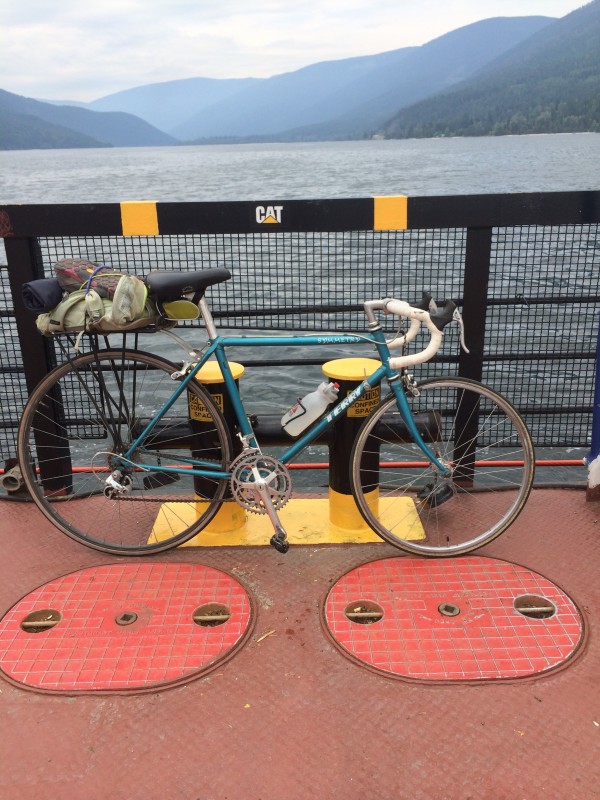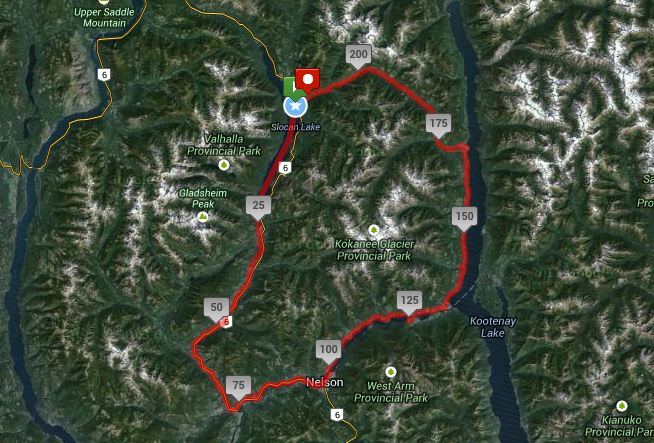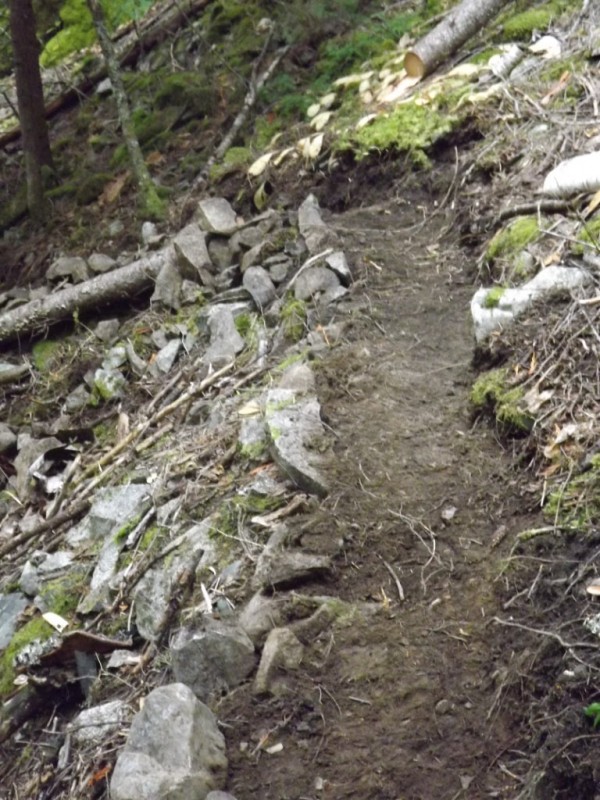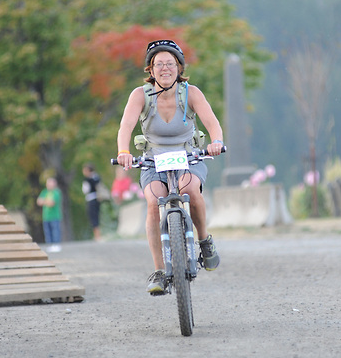
I’m vaguely thinking about running a marathon again this year. Maybe the one I ran five years ago in Vancouver. It was a nice route, and by running the same event I’ll be able to see how my fitness is holding up over the years. Also I have a kid attending school nearby and another one who is going to be performing the Brahms violin concerto with an orchestra in the area around that time.
Right now I’m just trying to figure out if I have the time and (more to the point) the energy and motivation to enjoy the amount of training I’ll have to do? I decided to mock up a schedule training program for November and December to test the waters. I created a schedule of about four runs and one or two cross-training workouts a week. Nothing too demanding in terms of length or speed, just an attempt at consistency. I figured if I ended up feeling tired or unmotivated with the near-daily workouts, that would be a sign not to build to a marathon. But so far it’s going well. My no-workout days feel weirdly empty, and I’m enjoying my runs a lot despite the gross November weather and the early sunsets.
A typical marathon training program has runners build the length of a weekly Long Slow Run from 10 to 32 km over about 20 weeks with a bunch of easier shorter runs filling out the week. A few of those shorter runs will involve intervals or speed, but a lot of them are just “easy 5k’s” or whatever.
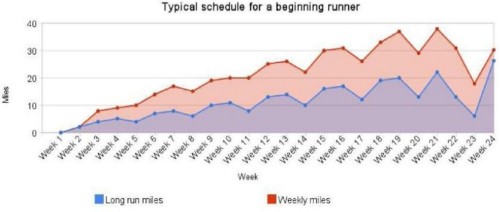
But I know some things about myself and about the science behind distance running that are going to lead me to diverge from that typical plan. First, I’m not a beginner, so I’m starting at a higher mileage level, about 30k per week. Next, I know that I am one of those people who can push my distance pretty easily at any point. For instance I ran a really solid trail 25k in 2012, having not run anything longer than 8k in the preceding several months. I have little doubt I could finish a marathon tomorrow if I really needed to so I don’t need high mileage to build my confidence. Those really long training runs tend to mess with my running mojo when they come week after week. So I’ll avoid most of them.
I also know that slow runs between 60 and 90 minutes train your body to burn fat, the endurance fuel, and that there’s a law of diminishing returns on this count for runs of longer than 90 minutes. Not to mention an increase in the risk of injury. So I plan to do two or more slow runs in this middle range per week (or even, occasionally, the same day), rather than one massive run on the weekend.
And I know that my old stand-by workout, the 5k medium-speed run, is pretty useless from a training standpoint. It may be good for my state of mind, and it works the kinks out and helps burn calories, but from a training standpoint I’d be better off doing short runs of intervals or hills, or cross-training, or even taking a day off. So I’ll try to minimize those non-specific purpose-less runs.
Weird thing I noticed this week: my resting heart rate is really low. I got a new HR monitor after not having a functional one for a couple of years, to help me maintain my run intensity in the “low” range during endurance runs. I was lying down messing with my phone just before heading out for a run today and happened to glance at my Vivoactive watch. My HR was 46. I’ve never seen a reading lower than 50 in the past, more often around 52. Maybe my heart is just unwinding and will eventually slow to zero and that will be that? Ha, just kidding. I’ll take it as a sign of improved general fitness. Who knows why or how, but I’ll take it.












